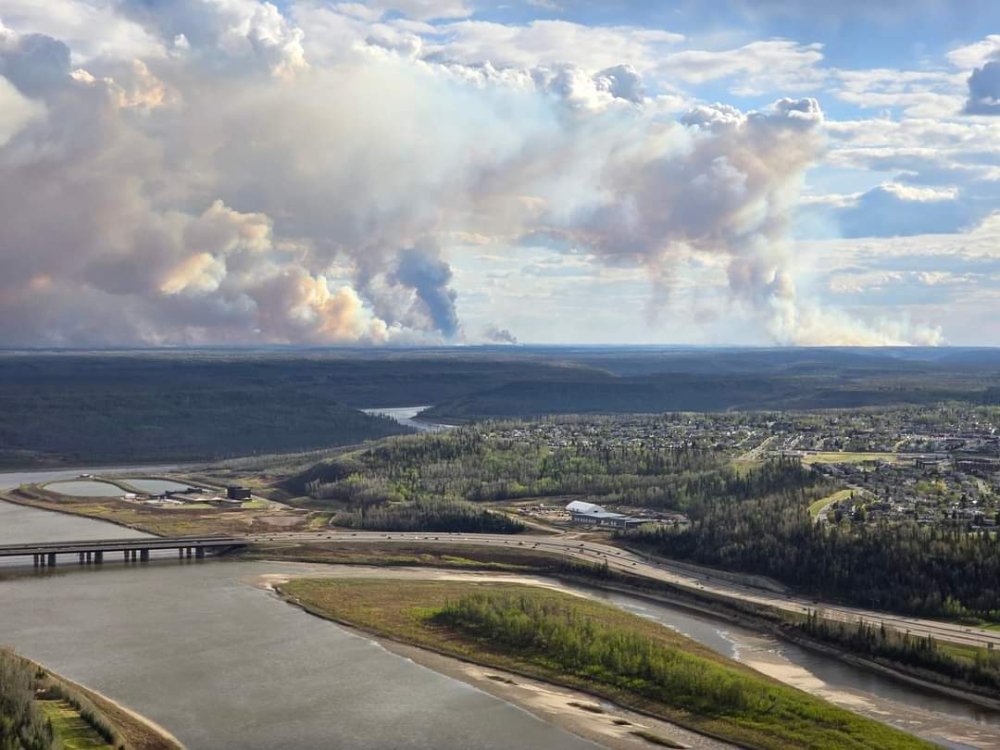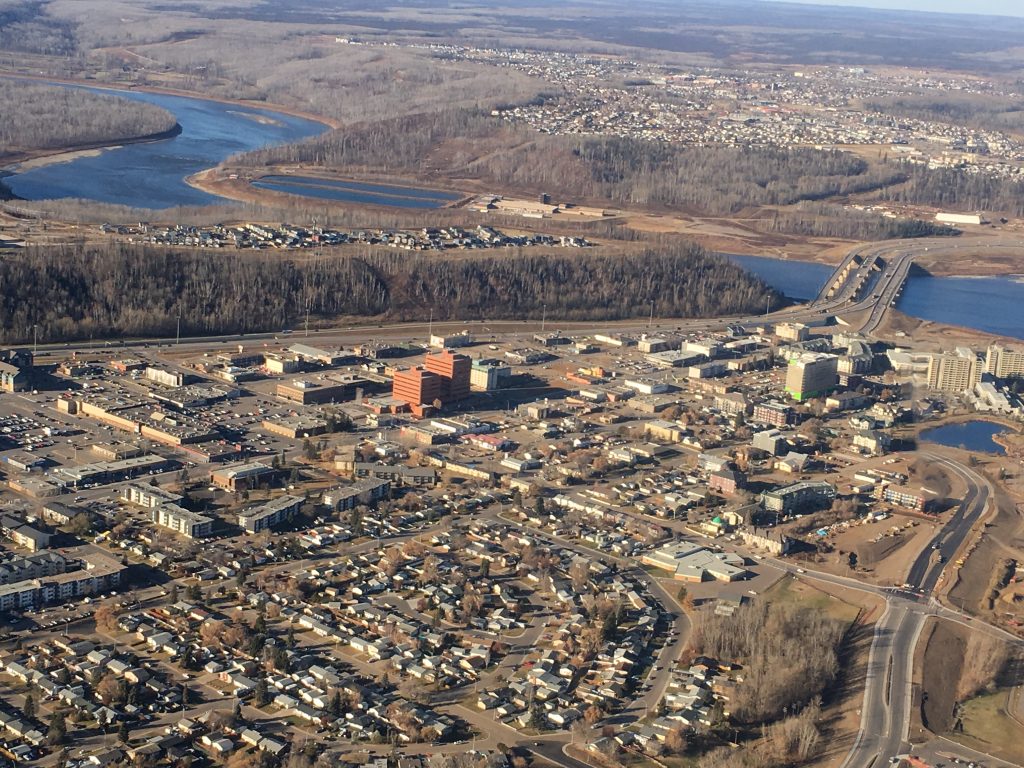President Donald Trump has once again wielded tariffs as a weapon, this time imposing a blanket 25 per cent duty on all steel and aluminum imports to the United States. The executive order, signed late Monday, eliminates all previous exemptions and quota deals, hitting Canada, Mexico, along with key trading partners like Brazil and South Korea the hardest. Trump defended the move saying it wil protect struggling U.S. industries, declaring, “It’s 25% without exceptions or exemptions. That’s all countries, no matter where it comes from, all countries.” Meanwhile, Australia has already requested an exemption, which Trump said he would consider.
In Ottawa, the response was swift. Conservative Leader Pierre Poilievre and NDP Leader Jagmeet Singh both called for retaliatory tariffs, with Singh going so far as to suggest a 100 per cent tariff on all Tesla vehicles. Many consider Tesla CEO, Elong Must to be Trump’s right-hand man. Poilievre, for his part, called for reciprocal tariffs on U.S. goods during his trip to the Arctic where he announced his party’s plans for a stronger Canadian military presence in the north saying Canada can no long rely on military support from the USA.
Prime Minister Justin Trudeau, currently in Paris for an artificial intelligence summit, shifted focus to Trump’s trade war, meeting with European allies to discuss a coordinated response to Trump’s coercive trade practices.
Despite the international backlash, Trump remained defiant, arguing that the tariffs would bring jobs back to American steel mills and eliminate what he called “unfair foreign competition.” The White House also announced a new North American standard requiring imported steel to be “melted and poured” and aluminum to be “smelted and cast” within the region—a move widely seen as targeting Chinese and Russian metals. With March 4 as the deadline for implementation, Canada and its allies have little time to decide how to strike back.











